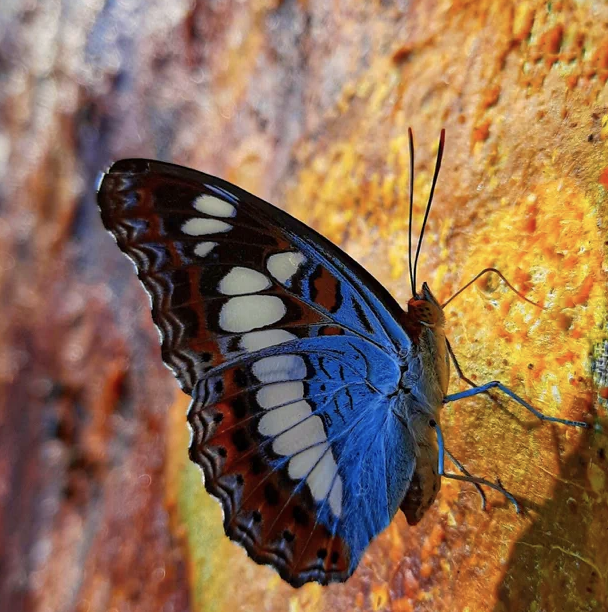I recently attended a Polynesian dance performance by Mana Polynesia. The group specializes in bringing dances of the Polynesian islands to audiences around the world. Their dances were separated into men and women’s dances. The women’s dances are discussed below. Click here to learn about the men’s dances.LA 92 2017 live streaming film
The women’s dances I saw hail from Tahiti, Hawaii, and New Zealand. True to other traditional cultures, dance is an expression of life. The dances usually have an origin or story associated with them. Sometimes the dances imitate items in nature. Sometimes, they give thanks and seek to connect with the Divine.
Here’s a recap of the women’s dances:
Tahiti Dance – This dance was slow and beautiful to watch. The dancer used her hands and arms to make symbols. She made gestures to the sun and moon. This dance reminded me of a prayer.
Hawaiian Dance – This dance was about the sea. The movements flowed seamlessly one to the next, just like the waves on the ocean.
Tahiti Dance – This dance included “hip bumps”. It included movements similar to bellydance shimmies and hip circles. It even included a little step that looked like the cha-cha.
New Zealand Poi Dance – This dance required the dancer to dance with Poi Balls affixed to strings. She began with one set and increased to four sets which were longer. It was amazing to see live. Traditionally, the men used poi balls to make drum sounds because they didn’t use drums. Today, women use poi balls.
Tahiti – This Tahitian dance was similar to the previous one in that it seemed to incorporate moves that are similar to bellydance but with wider stances.
Traditional indigenous dance, like other indigenous art forms, existed to serve a purpose. Typically, the purpose was to remind us of our connection to all things. Mana Polynesia did a wonderful job of engaging the audience and allowing us to remember the connection between all things. I honor Mana Polynesia for bringing their energy through dance.








